Why Do Cows Moo? The Secret Language of Cows
The Secret Language of Cows Do you know? No, we’re not talking about how they moo to say hello or goodbye. We’re talking about the different pitches and tones that cows use to express emotions. Believe it or not, each cow has its voice, and they can all recognize each other by their moos. In this blog post, we’ll explore what cows say with their moos and what it means for farmers and ranchers. Stay tuned. Cows use Sound ( Moo ) to talk to each other and their Environment.
Why Do Cows Moo?
Cows moo for many reasons, but primarily to communicate and express their emotions. For instance, cows may moo when they’re feeling happy or excited. Like when they hear the familiar sound of a tractor coming down the path. They might also moo when they feel discomfort or pain due to an injury or illness. Farmers and ranchers know when their cows are feeling under the weather and can take appropriate action.
What Does Each Moo Mean?
Cows use different pitches and tones for their moos, each expressing a different emotion. For instance, mama cows have a lower-pitched moo to communicate with their calves. Calves also recognize their mother’s moo and respond with a higher-pitched moo. It helps them stay in touch and lets the mama cow know where her calf is.
Cows also use different pitches to signal alarm or distress when they feel threatened. These moos are usually louder than the other kinds, which can help the herd alert each other of potential danger. They may also grunt or bellow if they’re feeling particularly scared or anxious, which serves as a warning for others in the area.
Cows Moo to Find someone
Cows also use their moos to find each other if they get separated. When one cow becomes separated from the herd, it will moo loudly to locate the rest of the group. The herd will then respond with their moo, allowing them to find each other in the field.
The Different Moo of Every Cow
Each cow has its voice, which is unique to that individual animal. That means that cows can recognize each other by their moos, and mama cows and calves can recognize the other’s call.
The Importance of Knowing Cow Language
By understanding what their cows are saying through their moos, farmers and ranchers can better care for their animals and avoid potential problems. For instance, if a cow is mooing in distress, the farmer can quickly identify and address whatever issue they’re having. This helps prevent any unnecessary discomfort or suffering on the part of the cow.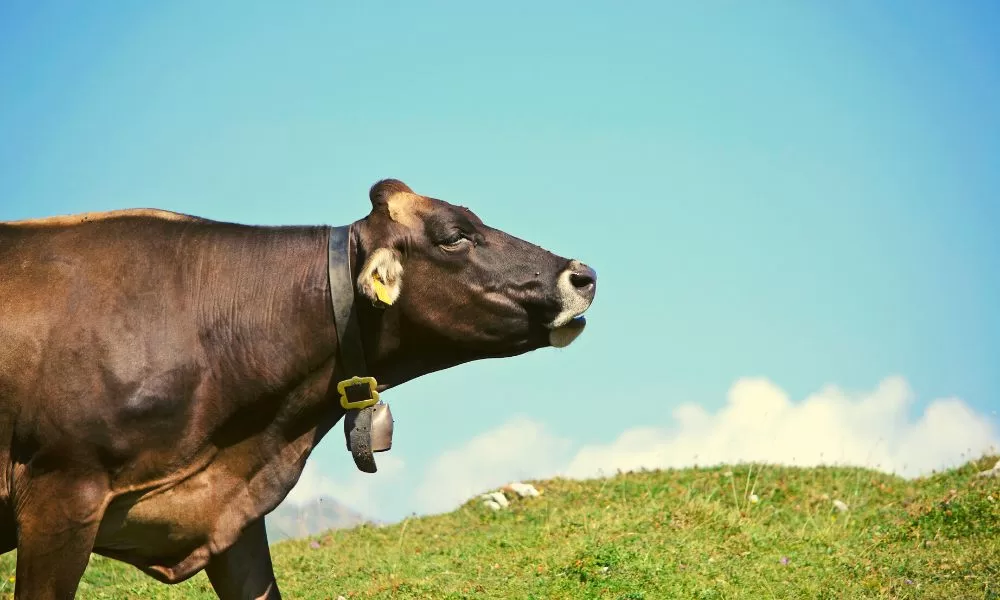
Overall, knowing the “language” of cows can help farmers and ranchers better manage their herds and ensure that their animals are healthy and happy. It’s incredible to think about how complex each cow’s communication system is. But it’s even more impressive to know that humans can understand it.
Cows Moo to Find A Mate
Cows also moo to find a mate and attract the attention of other cows. When they’re ready to start a family, cows will release a low-pitched moo that signals their availability. It helps them find potential partners in the herd and increases their chances of successful mating.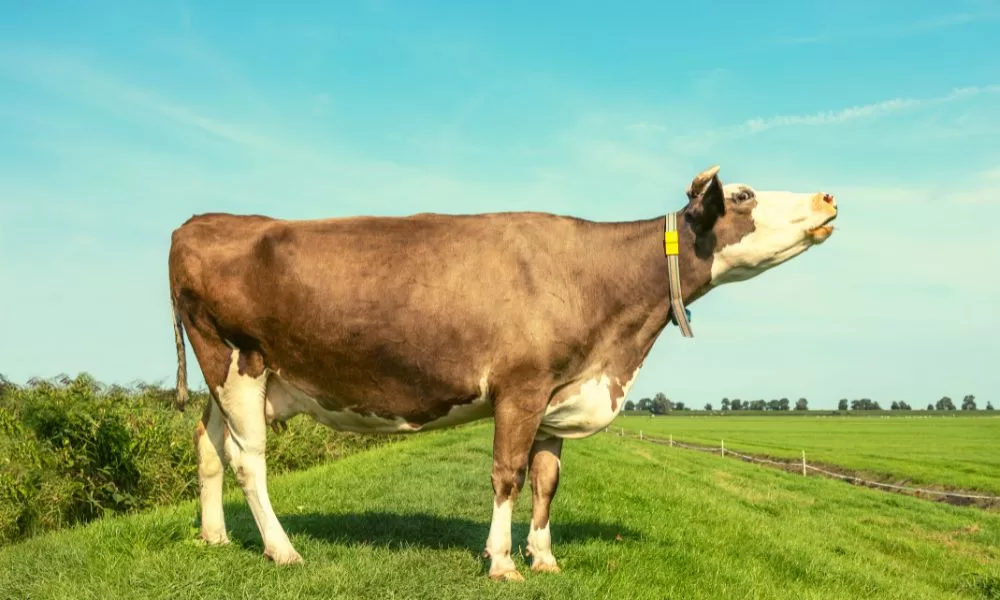
Now you know the secret language of cows. While it may not be as complex as human language, it’s still an imposing form of communication. And understanding this language can help farmers and ranchers get the most out of their herds. So next time you hear your cow mooing, take a minute to consider what message they might be trying to communicate.
Cows Moo to Expressing Need
Cows may also moo to express a need. If they’re feeling hungry or thirsty, for instance, they might moo to get attention from their farmer or ranchers. If the cow feels neglected, it may resort to louder moos until its needs are met. They also communicate with other cows when they want attention or reassurance. 
Cows Moo to Show Happiness
Cows may moo out of joy and excitement when they’re feeling content. They may moo when something good happens, such as the arrival of food or the sound of someone they know and love. This moo is usually calm and gentle, expressing a feeling of contentment or satisfaction.
In summary, cows communicate their feelings through their moos’ different pitches and tones. From distress to happiness, these animals have an impressive range of emotions that can express through the language of mooing. Farmers and ranchers can better care for their herds by understanding this language.
Cows Moo when they Need to be Milked.
Lastly, cows may moo when they’re ready to be milked. This moo type is usually louder and more persistent than the others, as the cow wants its needs met immediately. Farmers and ranchers can easily recognize this sound and take action accordingly.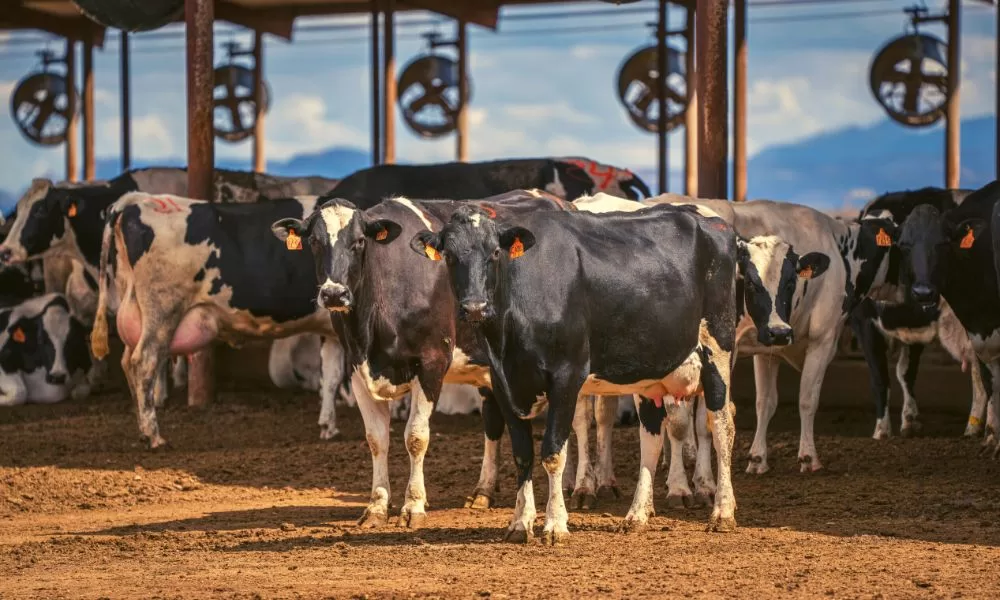
In conclusion, cows are capable of expressing their needs and emotions through the language of mooing. From distress to joy, each emotion has its unique tone that their herd mates or farmer can identify. Farmers can better care for their cows and ensure a safe and healthy environment by understanding what their cows say.
Why Do Cows Moo At Night?
Cows are usually quiet during the day but might start mooing at night. This is because cows naturally want to stay with their herd and feel secure in a group. At night, when the cows can’t see each other, they may start mooing out of anxiety or fear. If farmers and ranchers hear this sound, they should do what they can to reassure their animals and ensure their needs are met.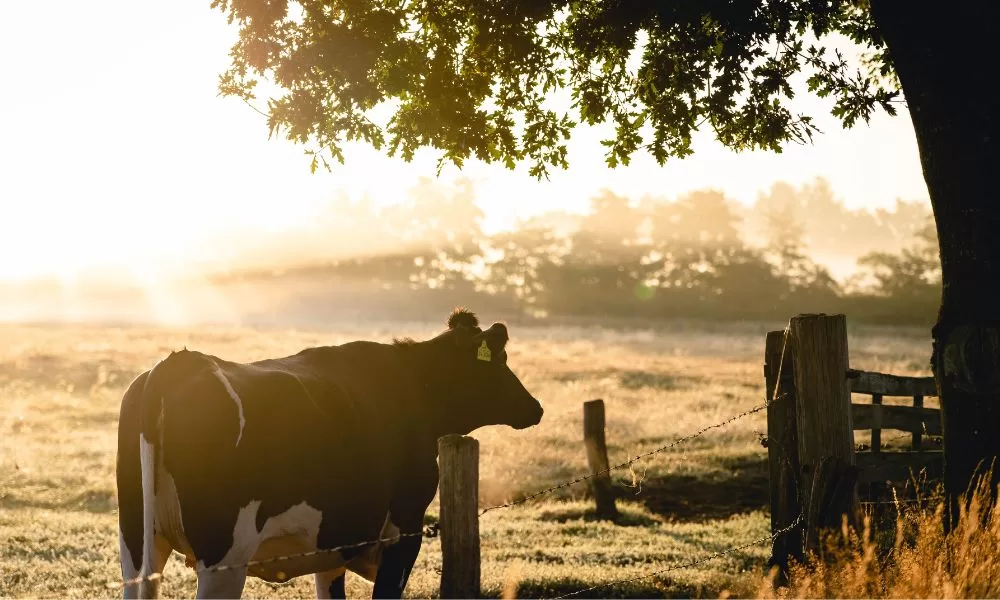
In conclusion, cows have an impressive range of emotions that can express through their different moos. By understanding these sounds, farmers and ranchers can better care for their herds and ensure a safe environment for their animals. So next time you hear your cow mooing, take a moment to consider what message they might be trying to communicate.
That’s the secret language of cows.
You now understand the fascinating and complex communication system of cows. Whether it’s expressing happiness or finding a mate, their ability to express themselves through mooing is genuinely remarkable. So next time you hear your cow mooing, take a minute to consider what message they might be trying to communicate. You might be surprised at how much can be said with a clear sound.
- Cows are social animals and need to communicate with each other.
- They moo to let other cows know where they are.
- Cows also moo when they’re happy, excited, or nervous.
- Mooing is just one-way cows communicate with each other – they also use body language and facial expressions.
- Cows are an essential part of the agricultural industry and play a vital role in the food chain.
- They moo for a variety of reasons – to communicate with other cows, to show dominance, and more.
- Cows are very social animals and need interaction with other cows.
- Cows can be pretty vocal and have a wide range of sounds they make.
- Each cow has its distinctive voice that other cows can recognize.
- Cows use their voices to express a variety of emotions, from happiness to sadness.
- Cow moos are one of the most commonly heard sounds on dairy farms.
Research Says, Why Do Cows Moo
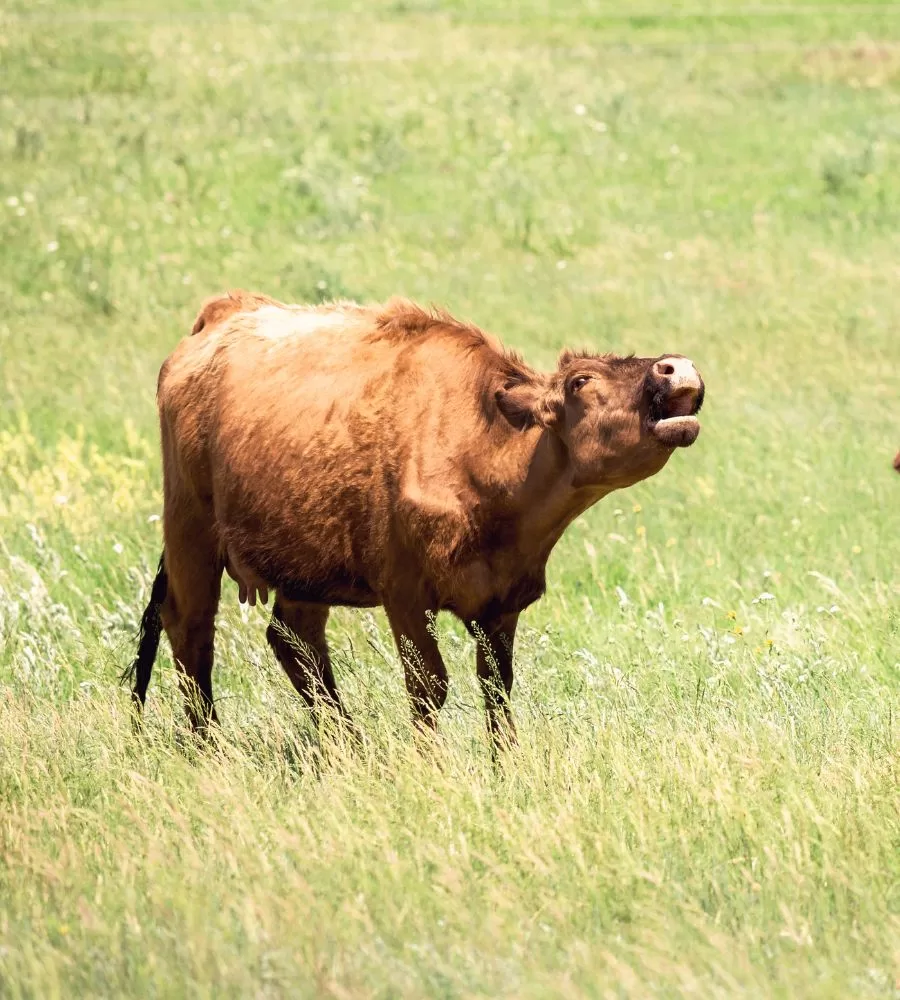
They use different pitches of sound to express different emotions. They moo to: seek their herd mates, calf, or mother; say they are hungry; call for a partner when they are wishing to mate; raise alarm to warn their herd mates of potential danger; show contentment; and express pain.
Refences
________________________________________
1. Padilla de la Torre, Monica & Briefer, Elodie & M. Ochocki, Brad & McElligott, Alan & Reader, Tom. (2016). Mother-offspring recognition via contact calls in cattle (Bos taurus). Animal Behaviour. In press. 10.1016/j.anbehav.2016.02.004.
___________________________________________________


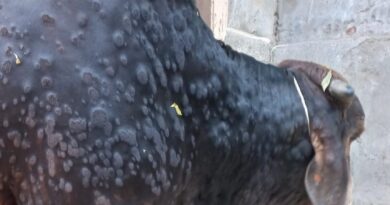
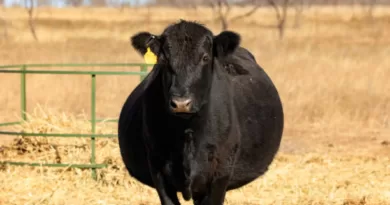
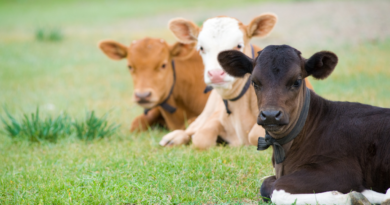
Knowledgeable content
A good blogger